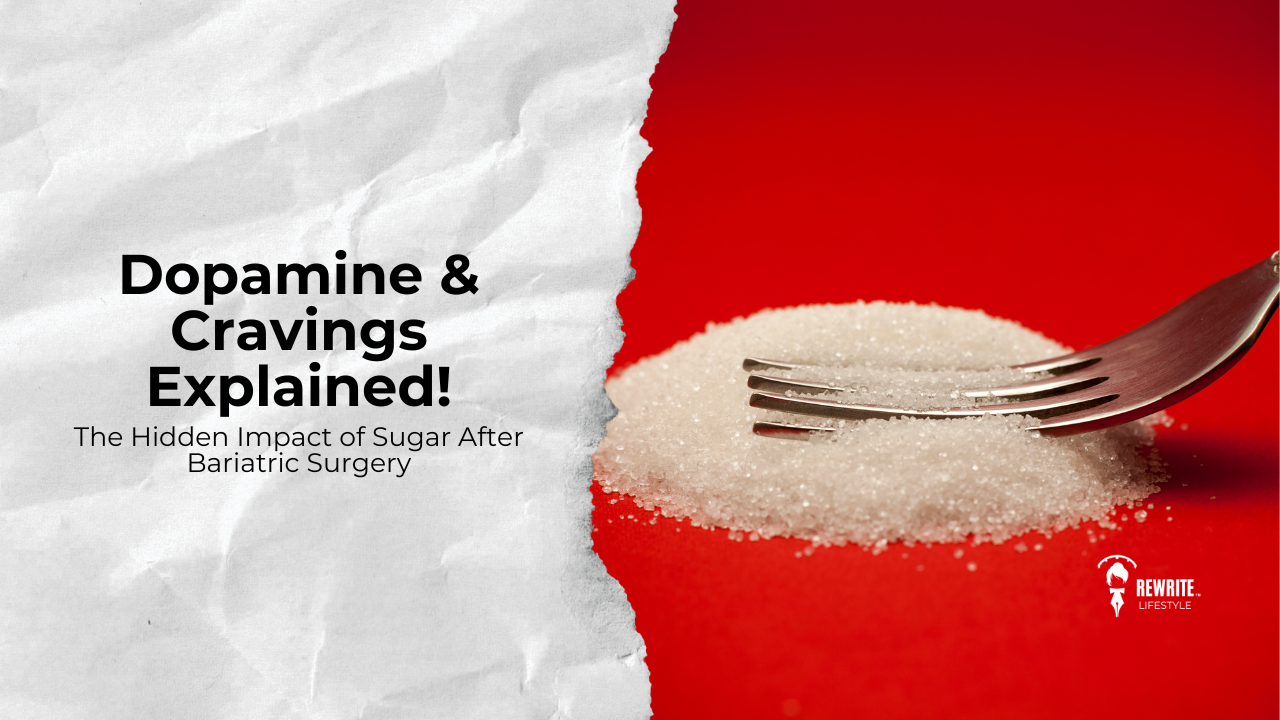Understanding the Dopamine Dynamics
Mar 21, 2025

Sugar Reintroduction After Bariatric Surgery
Embarking on a bariatric surgery journey signifies a profound commitment to transforming one's health and lifestyle. While the procedure alters the digestive system to promote weight loss, it doesn't modify the brain's intricate reward mechanisms, particularly those governed by dopamine. Understanding this neurochemical's role is crucial, especially when considering the reintroduction of sugar after bariatric surgery.
The Dopamine Connection
Dopamine, often dubbed the "feel-good" neurotransmitter, plays a pivotal role in our experiences of pleasure and motivation. It's the chemical that reinforces behaviors by rewarding them with feelings of enjoyment, thereby encouraging repetition. However, this system can become a double-edged sword, especially concerning food intake.
Research indicates that individuals with obesity may have altered dopamine receptor availability, affecting how they experience pleasure from food. Post-bariatric surgery dopamine changes vary among individuals, with some studies showing decreased receptor availability while others observe increases after long-term weight loss. These alterations mean that the brain's response to food rewards, particularly sugar, remains complex and individualized.
Sugar's Impact Post-Surgery
Reintroducing sugar after bariatric surgery isn't merely about indulging a sweet tooth; it's about understanding a potential cascade of neurochemical reactions:
-
Dopamine Spikes: Consuming sugar can cause significant increases in dopamine levels, similar to pre-surgery responses. This surge can reignite cravings and the pursuit of sugary foods.
-
Tolerance Development: Just as with other addictive substances, repeated sugar intake can lead to tolerance, requiring more sugar to achieve the same pleasurable sensation.
-
Resurgence of Old Habits: These neurochemical changes can pave the way for previous eating patterns to resurface, potentially hindering weight loss progress and overall health goals.
Moreover, excessive sugar consumption post-surgery can lead to dumping syndrome—a condition characterized by nausea, cramping, and dizziness—due to the body's altered ability to process sugar.
Strategies for Managing Sugar Intake
To navigate the challenges of sugar reintroduction after bariatric surgery, consider the following strategies:
-
Prioritize Whole Foods: Emphasize a diet rich in whole, unprocessed foods. These choices help regulate dopamine levels and provide essential nutrients for recovery and health.
-
Identify Alternative Rewards: Seek non-food-related activities that offer pleasure and satisfaction, such as engaging in hobbies, physical activity, or social interactions.
-
Exercise Mindful Eating: Be attentive to hunger cues and the reasons behind food choices. This mindfulness can prevent unconscious eating driven by dopamine-driven cravings.
While bariatric surgery serves as a powerful tool for weight loss and health improvement, it's essential to recognize that it doesn't alter the brain's reward systems. Being mindful of sugar intake and understanding its impact on dopamine can help maintain the benefits achieved through surgery and support a healthier relationship with food.
Are You Struggling with Food Addiction? Take the First Step Today!
If cravings, binge eating, or emotional eating are holding you back, you're not alone. Food addiction can impact long-term weight loss, especially after bariatric surgery (gastric sleeve, bypass surgery).
At The Rewrite Lifestyle Center, we help you break free from stress eating and build a sustainable, healthy relationship with food.
✅ Discover if you're facing food addiction and get expert guidance on bariatric nutrition and meal plans, with support from Shenelle Coplien and the Bariatric Rewrite team. Your journey to lasting weight loss starts here!
👉 Take the Food Addiction Quiz Now!
Join our bariatric support community for expert tips on the bariatric diet, post-bariatric surgery care, healthy eating, and bariatric recipes to fuel your transformation.



